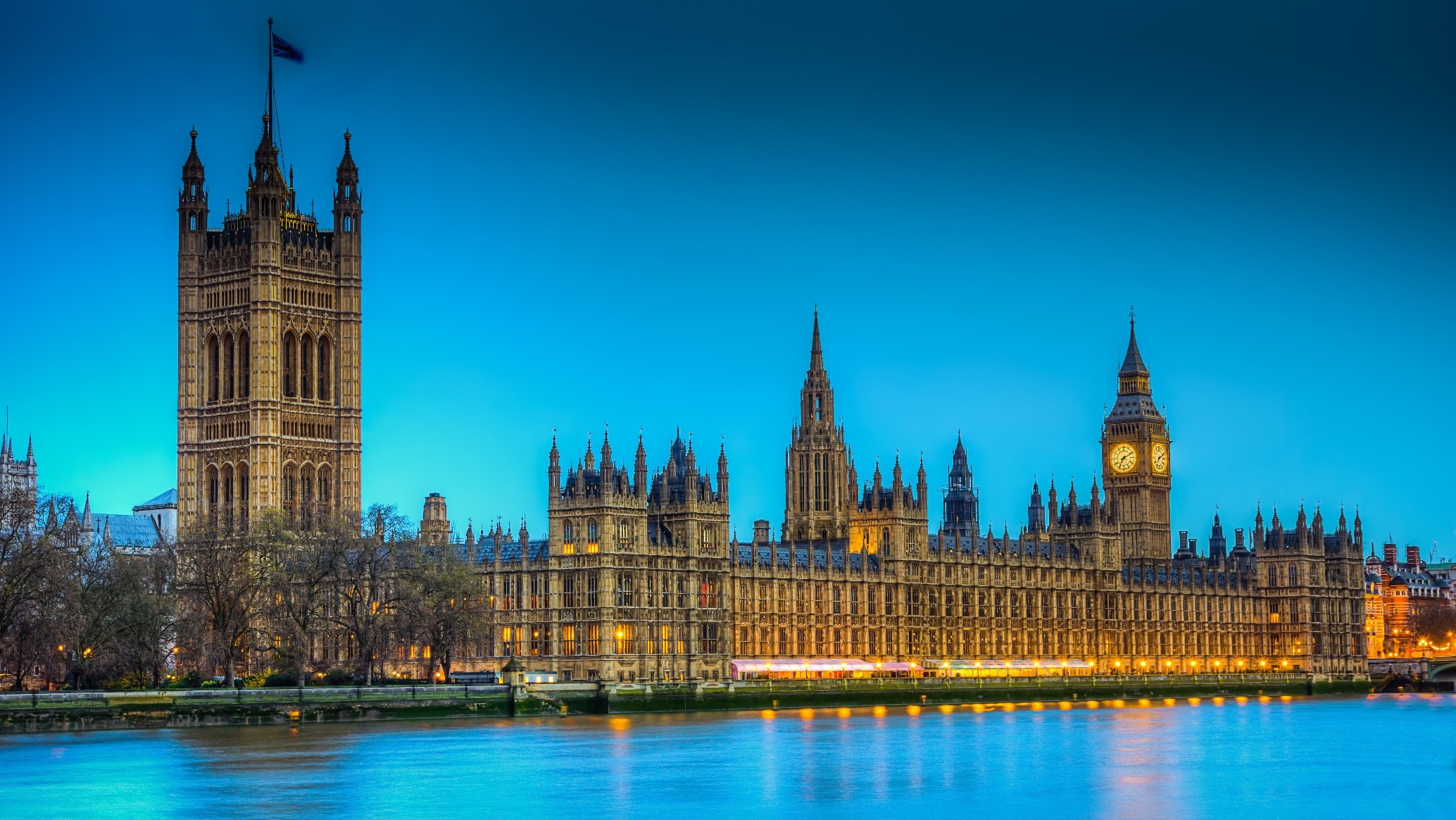It has been a rollercoaster ride trying to keep up with the Government’s tax and spending plans in recent months. The latest financial update was delivered by the new Chancellor Jeremy Hunt who plans to tackle the cost of living crisis and rebuild the UK economy. We’ve put together a short summary of his latest update.
Who are the tax winners and losers from the latest round of measures presented by Jeremy Hunt, the Chancellor?
Business taxes:
The only significant winners will be certain businesses who pay Business Rates. They may benefit from the freezing of the Rates multiplier or the 75% relief for Retail, Hospitality and Leisure sectors.
Personal taxes:
Those paying more income tax will include individuals with taxable income over £125,140, who will be paying an additional 5% on income between that amount and £150,000. The annual cost of this is around £1,250 per taxpayer, which contrasts with the tax cut announced previously. Back in September, Chancellor Kwasi Kwarteng suggested that the 45% rate was going to be abolished, which would have saved 5% tax on taxable income over £150,000.
As the Government had previously stated that the main rates of taxes would not increase, the other tax provisions were largely focussed on raising tax by stealth. It will suggest freezing tax allowances and rate bands as well as reducing tax free allowances. The most notable changes are the significant reductions in the dividend allowance and the Capital Gains Tax annual exemptions over the next two tax years. No doubt taxpayers and their advisers will want to ensure these allowances are utilised as much as possible before they reduce.
International:
From an international perspective the Chancellor has committed to the UK implementing the global minimum corporate tax rate, known as the Pillar 2 rules, from 31 December 2023. This will only apply to the largest multi-national organisations with revenues of at least Euros 750 million, but for those impacted they will need to analyse the impact on their tax liabilities in each reporting jurisdictions. This measure is expected to raise around £2 billion per annum for the UK exchequer.
R&D Tax Credit Scheme:
There had been a lot of recent press coverage in recent weeks of the alleged abuse of the Research & Development Tax Credit scheme, and some changes were expected.
The rates of the relief available under the SME regime have been reduced, whilst the rate under the Research and Development Expenditure Credit scheme for larger businesses or those that do not qualify for SME relief have increased.
The net impact of these changes to the UK exchequer are relatively modest, with an additional corporation tax of around £1bn expected to be raised annually from 2024. This is an area that the Chancellor indicates the Government are continuing to review and will consult on combining both R&D schemes.
Economic growth:
The key issue of the markets is whether the Autumn Statement has filled the UK exchequers black hole that arises largely from the energy relief scheme.
According to the Governments’ calculations, which at least have been reviewed by the OBR this time, the tax and spending plans announced since the Spring Statement 2022 will still cost UK Exchequer £100 billion between now and March 2024. However, £80 billion of this is forecast to then be recovered between April 2024 and March 2028.
At the time of writing (around two hours after the Chancellor delivered his statement), the UK financial markets have remained largely unchanged, with no significant drop or bounce. Only time will tell if that remains the case.
How can we help?
If you need assistance or guidance regarding on any of the above topics discussed, please speak to your usual Lubbock Fine contact or get in touch.
